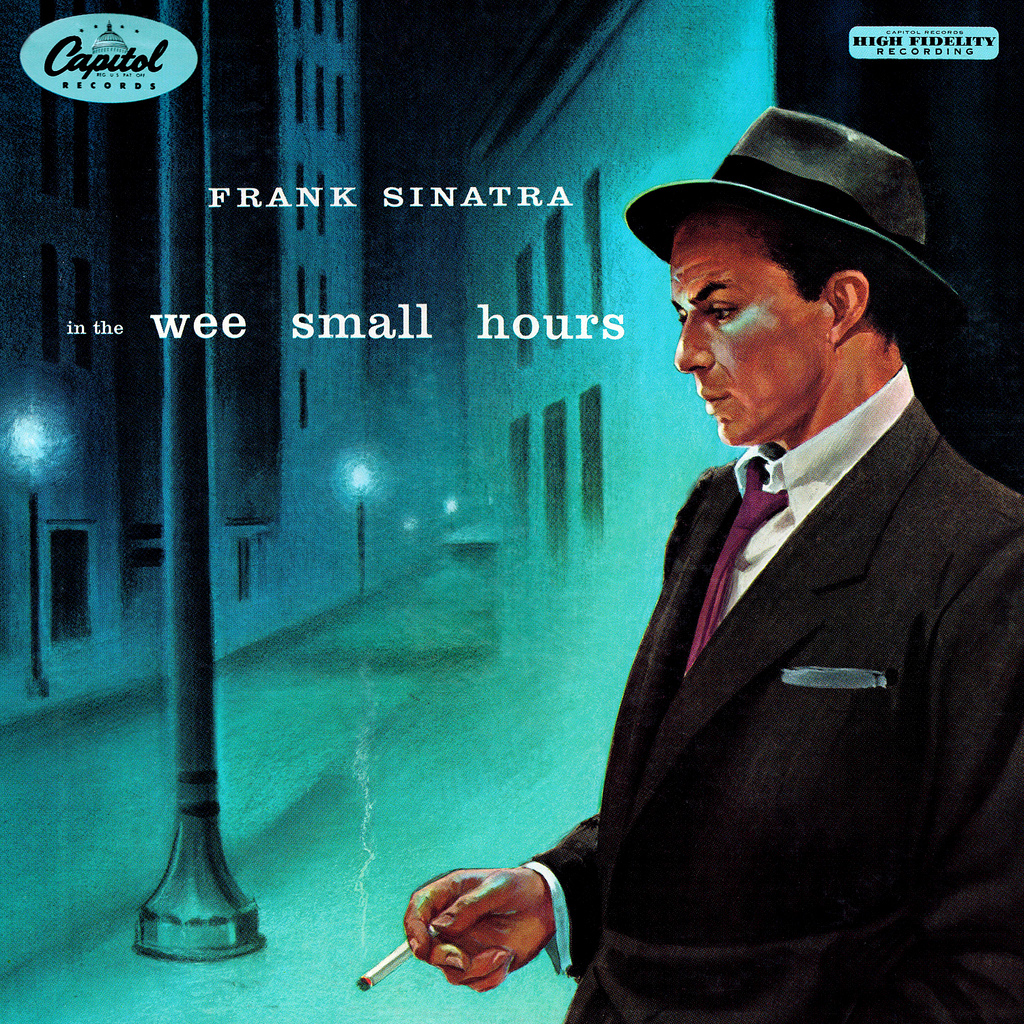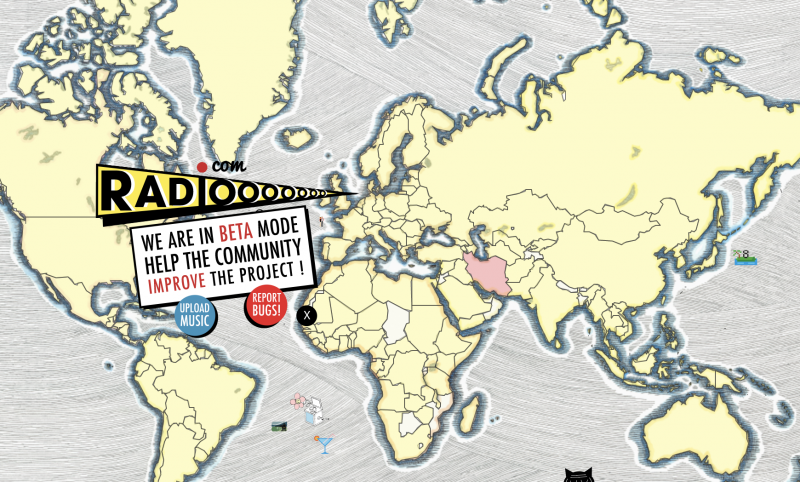I live in Seoul, by some measures the most coffee shop-saturated city in the world. But modern coffee life here (which I recently wrote about for the Los Angeles Review of Books) only really developed after Starbucks came to town around the turn of the 21st century. We’ve now got more Starbucks locations per capita than anywhere else, and even so, the homegrown Korean chains well outnumber those under the green mermaid. To understand how the coffee-house culture we know across the world today took its shape, we have to look back to London in the late 1950s, specifically as captured in the Look at Life newsreel on the city’s bohemian coffee house boom just above.
“Coffee is big business,” says its narrator, over a montage of neon signs advertising places like The Coffee House, Las Vegas Coffee Bar, Heaven & HELL Coffee Lounge, and La Roca. “The coffee bar boom in Britain began in 1952, when the first espresso machine arrived from Italy and was set up here, in London’s Soho.” The city’s many entrepreneurs vigorously seized the opportunity — maybe too vigorously, since “for every three coffee bars that opened up, two closed down.” They hadn’t planned on a few different factors, including overhead high enough that “if a character sits for half an hour over one cup of coffee, his share of the rent, heat, light, and service mount to the point where the management is paying him.”
They should’ve counted themselves lucky that the likes of me and my generation weren’t alive back then to, on a similarly single coffee, spend half the day typing on our laptops. But London’s midcentury coffee houses soon learned to diversify, offering Look at Life plenty–in its vivid colors and with its broad sense of humor–of life to look at: we see coffee bars hopping with live music and those who dance to it; jukebox coffee bars geared toward pompadoured hipsters; the film industry-beloved coffee bar in which T.S. Eliot once wrote the immortal line, “I have measured out my life with coffee spoons”; an “invisible coffee house” behind whose false newsstand front “curious characters congregate”; the Moka, which William S. Burroughs once shut down with his cut-up techniques; and even the famous Le Macabre, decorated with countless skeletal mementos mori.
The newsreel also finds its way to a coffee shop established by a newspaper where “university students and other assorted eggheads meet to put the world right — or more often left,” which reminds me of Guardian Coffee, a pop-up coffee house in a shipping-container complex in London’s Shoreditch (in some sense, the Soho of the 21st century) co-run by the eponymous newspaper, which I visited on my last trip to England. The Guardian Coffee experiment has since ended, but the Guardian has retained its interest in the beverage itself, as evidenced by recent articles like Rosie Spinks’ “The Caffeine Curse: Why Coffee Shops Have Always Signaled Urban Change.”
“As the coffee shop has become a byword for what everyone hates about urban change and gentrification – first come the creatives and their coffee shops, then the young professionals, then the luxury high-rises and corporate chains that push out original residents – it’s worth asking if that charge is fair,” Spinks writes. “As the function of the coffee house in London has evolved over time, was its early iteration so radically different than the ones many of us type and sip away in today?” And whatever form they take, coffee houses remain, as Look at Life calls them, “bright — or dim — fanciful, imaginative new additions to the British scene.” Or the American scene, or the Korean scene, or indeed the global scene.
Related Content:
The Curious Story of London’s First Coffeehouses (1650–1675)
“The Vertue of the COFFEE Drink”: London’s First Cafe Creates Ad for Coffee in the 1650s
J.S. Bach’s Comic Opera, “The Coffee Cantata,” Sings the Praises of the Great Stimulating Drink (1735)
The History of Coffee and How It Transformed Our World
Black Coffee: Documentary Covers the History, Politics & Economics of the “Most Widely Taken Legal Drug”
How William S. Burroughs Used the Cut-Up Technique to Shut Down London’s First Espresso Bar (1972)
Hipsters Ordering Coffee
Based in Seoul, Colin Marshall writes and broadcasts on cities, language, and style. He’s at work on a book about Los Angeles, A Los Angeles Primer, the video series The City in Cinema, the crowdfunded journalism project Where Is the City of the Future?, and the Los Angeles Review of Books’ Korea Blog. Follow him on Twitter at @colinmarshall or on Facebook.



